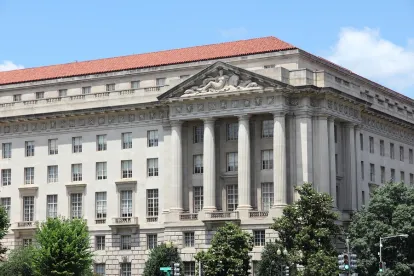U.S. EPA’s final rule reversing its 25 year old hazardous air pollutant “once in/always in” policy will soon be published in the Federal Register and will become effective 60 days thereafter. While first announced in a January 2018 memorandum, the policy has now been formalized as a rule. Reversing the “once in/always in” policy allows facilities that reduced or eliminated hazardous air emissions to remove unnecessary permit conditions, such as recordkeeping and reporting requirements that no longer serve any regulatory purpose and only add to compliance costs.
U.S. EPA is required under Section 112 of the Clean Air Act to promulgate standards for sources that emit hazardous air pollutants. More rigorous standards apply to “major sources” (with emissions above a statutory threshold) as compared to “area sources” (with emissions below that threshold). The “once in/always in” policy was established by a 1995 U.S. EPA policy interpretation that once a facility was classified as a major source for hazardous air pollutants based upon its potential to emit those pollutants, it could not revert to an area source by reducing its emissions. Since 1995, many facilities engaged in substantial efforts to reduce hazardous emissions through product substitutions and/or installation of emission controls, and hazardous air emission levels declined substantially. Even though these facilities would, if new, be classified as area sources subject to substantially reduced recordkeeping and reporting burdens, the “once in/always in” policy required them to continue to comply with the major source rules.
Under U.S. EPA’s final rule, sources will be classified as “major” or “area” sources based upon their current potential to emit hazardous air emissions, as opposed to their historic emissions of those pollutants. Facilities eligible for reclassification may amend their air operating permits in order to reclassify as an “area” source in order to remove unnecessary and burdensome recordkeeping and reporting requirements.
Following issuance of the January 2018 policy memo, several states granted requests to re-permit facilities from “major” to “area” based on a prior U.S. EPA memorandum. However, that re-permitting was done at the risk of a subsequent Administration reverting to the 1995 policy, and again classifying those facilities as major sources. This rulemaking would formalize the legal basis for these prior permitting actions.
While the rule will be effective 60 days after publication in the Federal Register, its effect may be short-lived. Several ENGOs have announced plans to challenge the rule in the federal courts. In addition, given the late date of promulgation, the 117th Congress could next year pass a joint resolution under the Congressional Review Act overturning the rulemaking. Finally, depending upon the outcome of the election, a new Administration could formally repeal the rule and issue a replacement, similar to the approach taken by the Trump Administration to the Waters of the United States rule.




 />i
/>i
